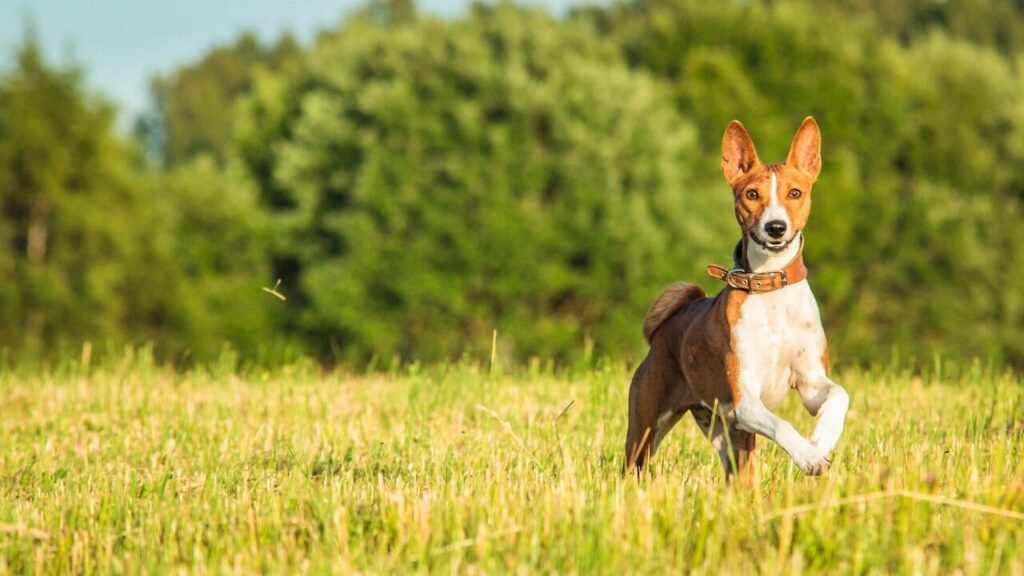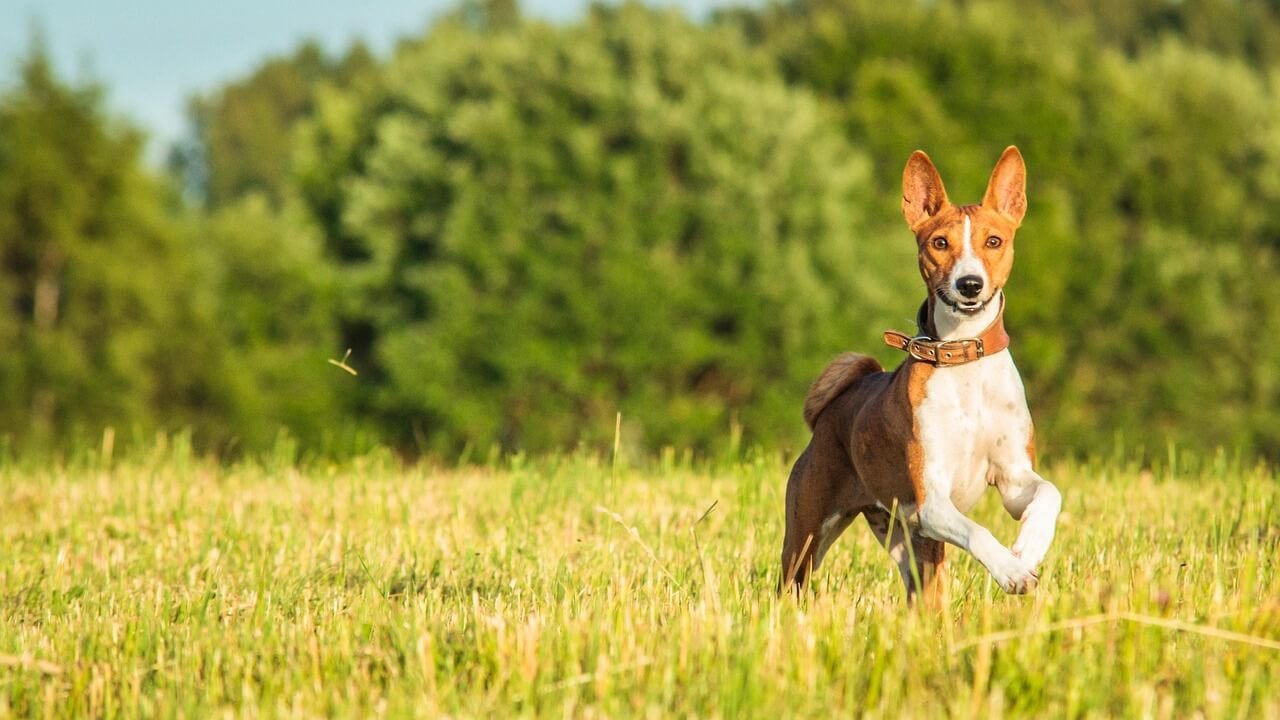What to Do If Your Dog Ate a Banana Peel
Bananas are a healthy and tasty treat for dogs, packed with potassium, vitamins, and natural sweetness. However, while the fruit itself is safe in moderation, the peel is another story. If your dog has accidentally ingested a banana peel, you might be wondering whether it’s cause for concern. While banana peels aren’t typically toxic, they can still pose some risks depending on the size of your dog and the amount consumed. In this guide, we’ll walk you through what to do if your dog ate a banana peel, how to assess the situation, and steps to ensure their safety. Let’s dive in and learn how to handle this sticky situation!
Potential Risks of a Dog Eating a Banana Peel
Though banana peels are not inherently toxic, they can still create problems for your furry friend. The peel is tough, fibrous, and difficult to digest, which can lead to gastrointestinal discomfort or even blockages in some cases. Here are the main risks associated with your dog eating a banana peel:
Digestive upset, such as vomiting or diarrhea.
Choking hazards if the peel is large or not chewed properly.
Intestinal blockages, especially in smaller dogs or those prone to eating non-food items.
Reduced nutrient absorption due to the high fiber content of the peel.
Potential exposure to pesticides or chemicals if the banana wasn’t organic.
While these risks may sound alarming, most dogs will pass the peel without issue. However, it’s important to monitor them closely and seek veterinary advice if symptoms arise.
Signs Your Dog May Be Experiencing Issues
If your dog has eaten a banana peel, it’s crucial to watch for any signs of distress or discomfort. These symptoms can indicate that the peel is causing a problem in their digestive system. Here’s what to look out for:
Persistent vomiting or retching.
Diarrhea or abnormal stool consistency.
Lethargy or lack of energy.
Loss of appetite or refusal to eat.
Signs of abdominal pain, such as whining or restlessness.
If your dog exhibits any of these symptoms after eating a banana peel, it’s best to consult your veterinarian promptly. Early intervention can prevent complications and ensure your pup stays healthy.
Check this guide 👉My Dog Ate Coffee Grounds: Best 7 Expert Tips!
Check this guide 👉My Dog Ate Weed: Best 7 Expert Tips!
Check this guide 👉My Dog Ate a Peppermint Candy: Best 7 Health Tips!

Symptoms to Monitor | Possible Causes |
|---|---|
Vomiting | Indigestible material in the peel |
Diarrhea | High fiber content irritating gut |
Lethargy | Dehydration or discomfort |
Abdominal pain | Potential blockage or irritation |
Loss of appetite | Nausea or digestive upset |
Steps to Take If Your Dog Ate a Banana Peel
If you discover that your dog has eaten a banana peel, staying calm and taking appropriate action is key. Here’s a step-by-step guide to help you manage the situation:
Assess the size of the peel and your dog’s breed. Smaller dogs are at higher risk for blockages.
Check for immediate choking or breathing difficulties. If present, contact emergency vet services.
Monitor your dog closely for the next 24-48 hours for any signs of distress.
Offer fresh water to help the peel move through their digestive system.
Avoid giving additional food or treats until the peel has passed.
By following these steps, you can minimize the risk of complications and ensure your dog remains comfortable. Always trust your instincts—if something feels off, seek professional advice.
Preventive Measures to Keep Your Dog Safe
Preventing your dog from eating banana peels—or any other inappropriate items—is essential for their long-term health. Here are some practical tips to keep them safe:
Store bananas and other fruits out of your dog’s reach.
Dispose of banana peels immediately after use to prevent accidental ingestion.
Train your dog with commands like “leave it” to discourage them from eating harmful objects.
Supervise your dog during outdoor activities where food waste might be present.
Provide safe, dog-friendly alternatives to satisfy their curiosity and chewing needs.
By implementing these preventive measures, you can reduce the likelihood of your dog encountering similar situations in the future. Prevention is always better than dealing with the aftermath!
Common Household Items That Are Dangerous to Dogs
While banana peels may not be toxic, many household items can pose serious risks to your dog’s health. Being aware of these dangers can help you create a safer environment for your furry friend. Here are some common household hazards to watch out for:
Cleaning products like bleach or detergents that can cause chemical burns.
Certain human foods, such as chocolate, grapes, and onions, which are toxic to dogs.
Small objects like coins, rubber bands, or toys that can cause choking or blockages.
Medications, including over-the-counter drugs like ibuprofen, which are harmful to dogs.
Houseplants like lilies or philodendrons, which can be poisonous if ingested.
By keeping these items out of reach, you can significantly reduce the risk of accidental ingestion and keep your dog safe from harm.
Safe Alternatives to Banana Peels for Your Dog
If your dog enjoys bananas but you’re worried about them eating the peel, there are plenty of safe and healthy alternatives to satisfy their cravings. These options are not only nutritious but also easier on their digestive system. Here are some dog-friendly treats to consider:
Sliced bananas in small, bite-sized pieces for a sweet snack.
Frozen banana chunks for a refreshing summer treat.
Peanut butter (xylitol-free) mixed with mashed banana for added flavor.
Homemade banana biscuits baked with whole wheat flour and oats.
Banana smoothies blended with plain yogurt and a dash of honey.
These alternatives provide a tasty and safe way to indulge your dog’s love for bananas without the risks associated with peels.
Tips for Training Your Dog to Avoid Harmful Items
Training your dog to avoid harmful items like banana peels or other non-food objects is an essential part of responsible pet ownership. With patience and consistency, you can teach them to steer clear of potential dangers. Here are some effective training tips:
Use the “leave it” command to redirect your dog’s attention from inappropriate items.
Reward your dog with treats or praise when they ignore or avoid harmful objects.
Practice the “drop it” command to encourage them to release items they’ve already picked up.
Engage your dog in interactive play to satisfy their curiosity and reduce boredom.
Reinforce positive behavior regularly to ensure long-term success.
With consistent training, your dog will learn to make better choices, reducing the likelihood of them eating something they shouldn’t. Remember, patience and persistence are key!
Frequently Asked Questions About Dogs Eating Banana Peels
Is a banana peel toxic to dogs?
No, banana peels are not toxic, but they can cause digestive issues due to their tough, fibrous nature.
What should I do if my dog ate a banana peel?
Monitor them closely for symptoms like vomiting or lethargy, and consult your vet if you notice any concerns.
Can banana peels cause blockages in dogs?
Yes, especially in smaller dogs or those prone to eating non-food items.
Are there any benefits to dogs eating banana peels?
No, banana peels offer no nutritional benefits and are difficult for dogs to digest.
How long does it take for a dog to pass a banana peel?
It typically takes 1-2 days, but this can vary depending on the dog’s size and digestive health.
Final Thoughts: Keeping Your Dog Safe and Healthy
While discovering that your dog ate a banana peel can be unsettling, it’s usually not a cause for panic. By understanding the potential risks, monitoring your dog closely, and taking preventive measures, you can ensure their safety and well-being. Remember, your dog’s curiosity knows no bounds, so it’s up to you to create a safe environment and provide appropriate supervision. If you’re ever in doubt about your dog’s health, don’t hesitate to reach out to your veterinarian—they’re there to help! With a little care and attention, you can keep your furry friend happy, healthy, and out of trouble.
Canned Pumpkin for Cat Diarrhea: Best 7 Expert Tips! Natural remedy to firm stools, soothe upset bellies, and support gut health safely.
Can a Cat Give You Scabies? Best 7 Expert Tips! Discover the truth about feline mites, human skin risks, and how to protect yourself—without panic.
Cat Flea vs Human Flea: Best 7 Expert Tips! Discover the truth about bites, species, and how to eliminate infestations for good.
Weird Cat Behaviors: Best 7 Expert Tips! Discover why cats do strange things—and how to understand, not punish, their instincts for a happier home.





